Coagulation & Hemostasis
Products for Coagulation & Hemostasis
- Cat.No. Product Name Information
-
GC48283
α-Linolenic Acid-d14
An internal standard for the quantification of αLinolenic acid

-
GC45602
α-Linolenic Acid-d5 MaxSpec• Standard

-
GC41393
ω-3 Arachidonic Acid methyl ester
ω-3 Fatty acids, represented primarily by docosahexaenoic acid, eicosapentaenoic acid, and α-linoleate, are essential dietary nutrients required for normal growth and development.

-
GC41288
(±)17(18)-EpETE-Ethanolamide
(±)17(18)-EpETE-Ethanolamide is an ω-3 endocannabinoid epoxide.

-
GC40552
(R)-Acenocoumarol
Acenocoumarol is a short-lived oral anti-coagulant, which, like warfarin, functions by inhibiting vitamin K epoxide reductase.

-
GC40553
(S)-Acenocoumarol
Acenocoumarol is a short-lived oral anti-coagulant, which, like warfarin, functions by inhibiting vitamin K epoxide reductase.

-
GC42008
1-Octadecyl Lysophosphatidic Acid
1-Octadecyl lysophosphatidic acid (1-octadecyl LPA) is a LPA analog containing stearic acid at the sn-1 position.

-
GC49071
1-Palmitoyl-d9 Lysophosphatidic Acid
An internal standard for the quantification of 1-palmitoyl lysophosphatidic acid

-
GC49118
10-hydroxy Warfarin
A metabolite of (R)-warfarin

-
GC46408
11-dehydro Thromboxane B2-d4
An internal standard for the quantification of 11dehydro thromboxane B2

-
GC18637
11β-Prostaglandin F2α
11β-Prostaglandin F2α (11β-PGF2α) is the primary plasma metabolite of PGD2 in vivo.
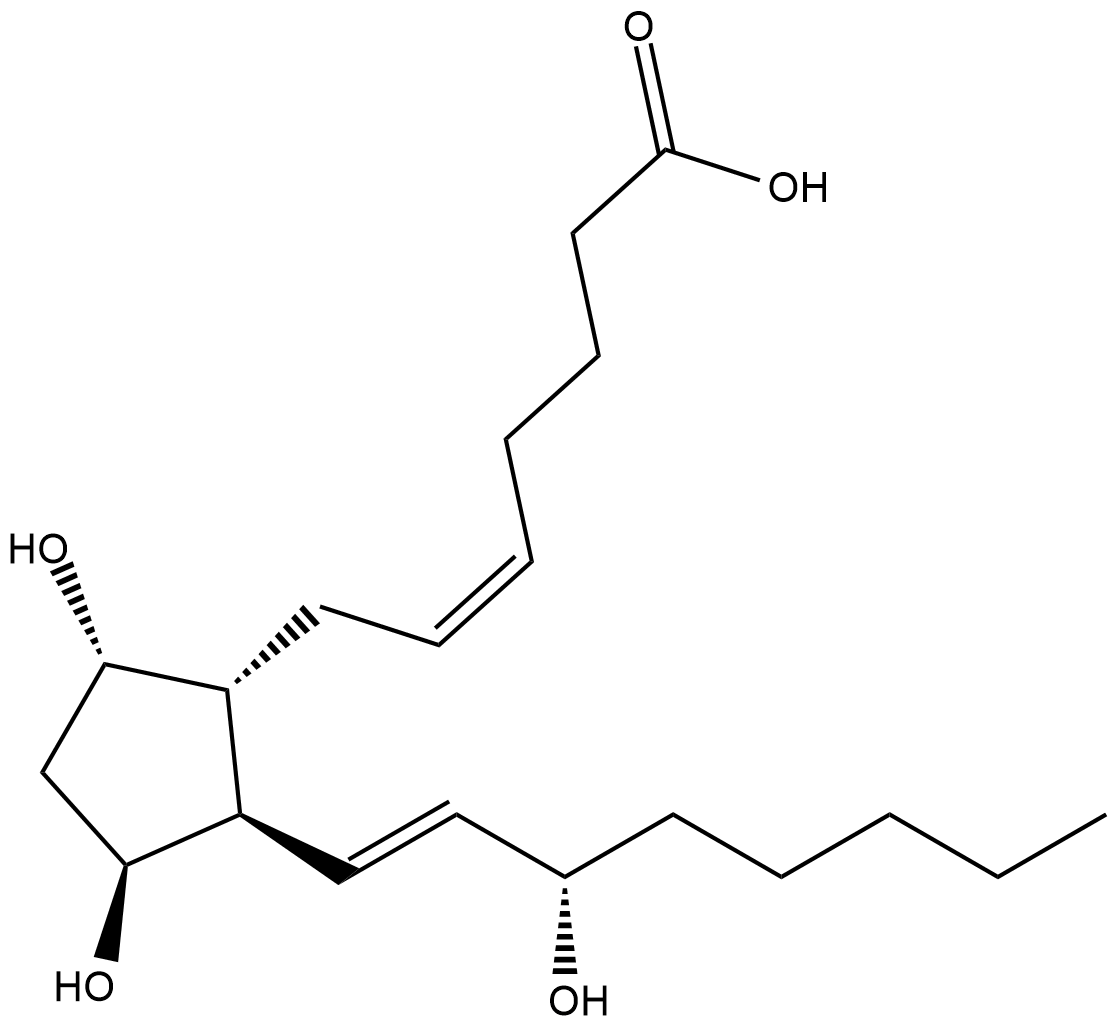
-
GC41882
12(S)-HETrE
12(S)-HETrE is produced by 12-lipoxygenase oxidation of dihomo-γ-linolenic acid (DGLA).

-
GC40745
13,14-dehydro-15-cyclohexyl Carbaprostacyclin
13,14-dehydro-15-cyclohexyl Carbaprostacyclin is a chemically stable analog of PGI2.
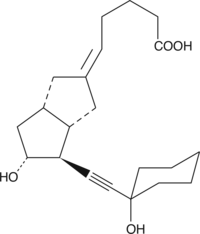
-
GC41433
13,14-dihydro Prostaglandin E1
13,14-dihydro Prostaglandin E1 (13,14-dihydro PGE1) is a biologically active metabolite of PGE1 with comparable potency to the parent compound.
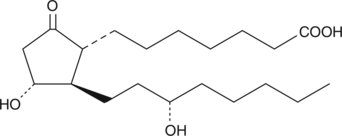
-
GC41166
15(S)-15-methyl Prostaglandin D2
15(S)-15-methyl Prostaglandin D2 (15(S)-15-methyl PGD2) is a metabolically stable synthetic analog of PGD2.

-
GC40973
16(R)-Iloprost
Iloprost is a second generation structural analog of prostacyclin (PGI2) with about ten-fold greater potency than the first generation stable analogs, typified by carbaprostacyclin.

-
GC40974
16(S)-Iloprost
Iloprost is a second generation structural analog of prostacyclin (PGI2) with about ten-fold greater potency than the first generation stable analogs, typified by carbaprostacyclin.

-
GC41159
16,16-dimethyl Prostaglandin D2
16,16-dimethyl PGD2 is a metabolically stable synthetic analog of PGD2.

-
GC42065
2,3-dinor Thromboxane B1
Thromboxane B2 (TXB2) is released in substantial quantities from aggregating platelets and metabolized during circulation to 11-dehydro TXB2 and 2,3-dinor TXB2.
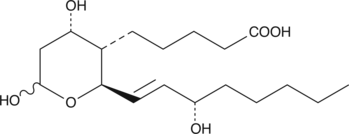
-
GC42189
2-oxo Clopidogrel
2-oxo Clopidogrel is an intermediary metabolite of clopidogrel.

-
GC40336
5-cis Carbaprostacyclin
5-cis Carbaprostacyclin is a stable analog of PGI2 and an isomer of carbaprostacyclin.
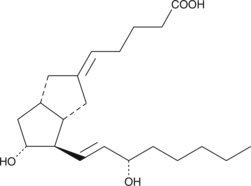
-
GC41423
5-trans Prostaglandin E2
5-trans PGE2 occurs naturally in some gorgonian corals and is a common impurity in commercial lots of PGE1.
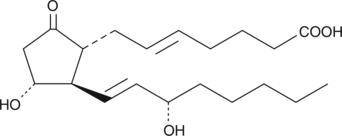
-
GC40585
6α-Prostaglandin I1
6α-Prostaglandin I1 (6α-PGI1) is a stable Prostaglandin I2 (PGI2) analog resistant to hydrolysis in aqueous solutions.
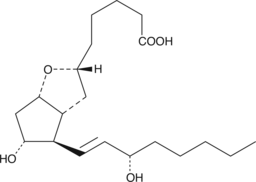
-
GC40586
6β-Prostaglandin I1
6β-PGI1 is a stable PGI2 analog resistant to hydrolysis in aqueous solutions.
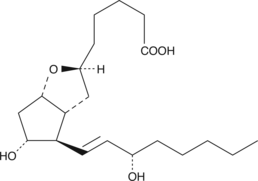
-
GC18219
6-hydroxy Warfarin
6-hydroxy Warfarin is a metabolite of (+)-warfarin , which is a weaker vitamin K antagonist than (-)-warfarin .
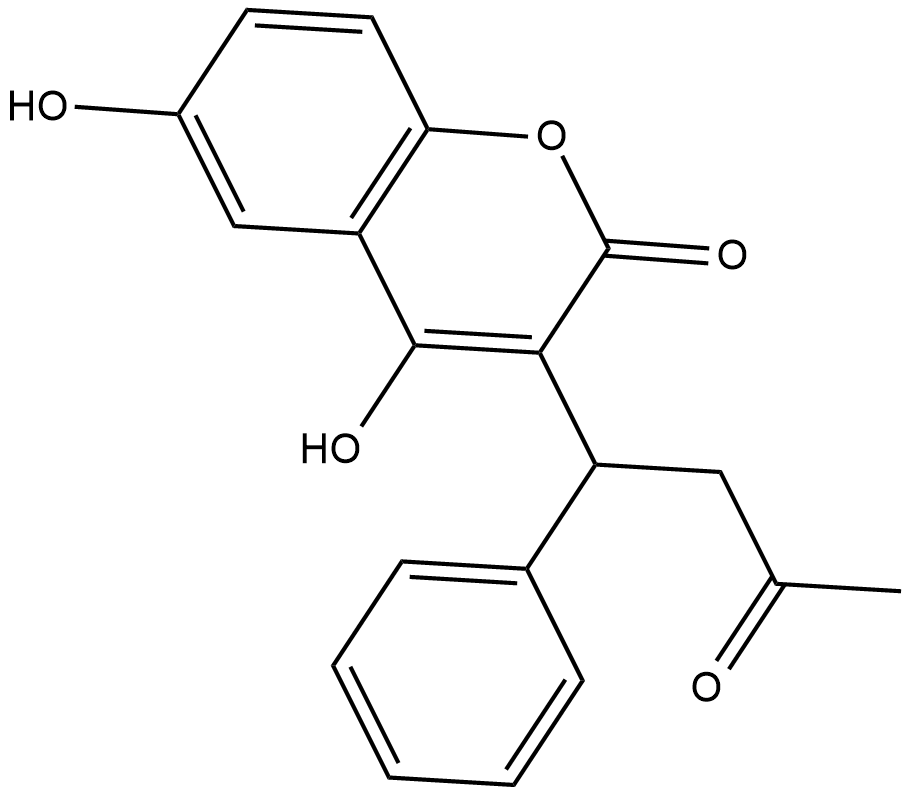
-
GC49614
Acenocoumarol-d4
Acenocoumarol-d4 is deuterium labeled Acenocoumarol.

-
GC46821
Ajoene
A disulfide with diverse biological activities

-
GC46835
Alyssin
An isothiocyanate with diverse biological activities

-
GC46879
Argatroban-d3 (hydrochloride)
An internal standard for the quantification of argatroban

-
GC52359
ATX-100
An ionizable cationic lipid

-
GC42924
Beraprost (sodium salt)
Beraprost is an analog of prostacyclin in which the unstable enol-ether has been replaced by a benzofuran ether function.

-
GA20982
Boc-D-Phe-Pro-OH
A synthetic intermediate
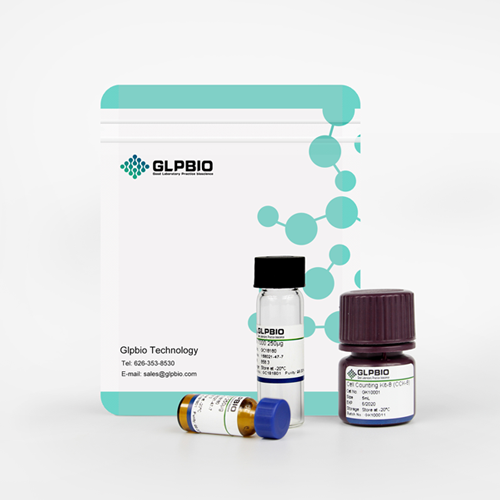
-
GC52424
Bradykinin Fragment (1-5) (trifluoroacetate salt)
A metabolite of bradykinin

-
GC18837
Carbocyclic Thromboxane A2
CTA2 is a stable analog of TXA2.
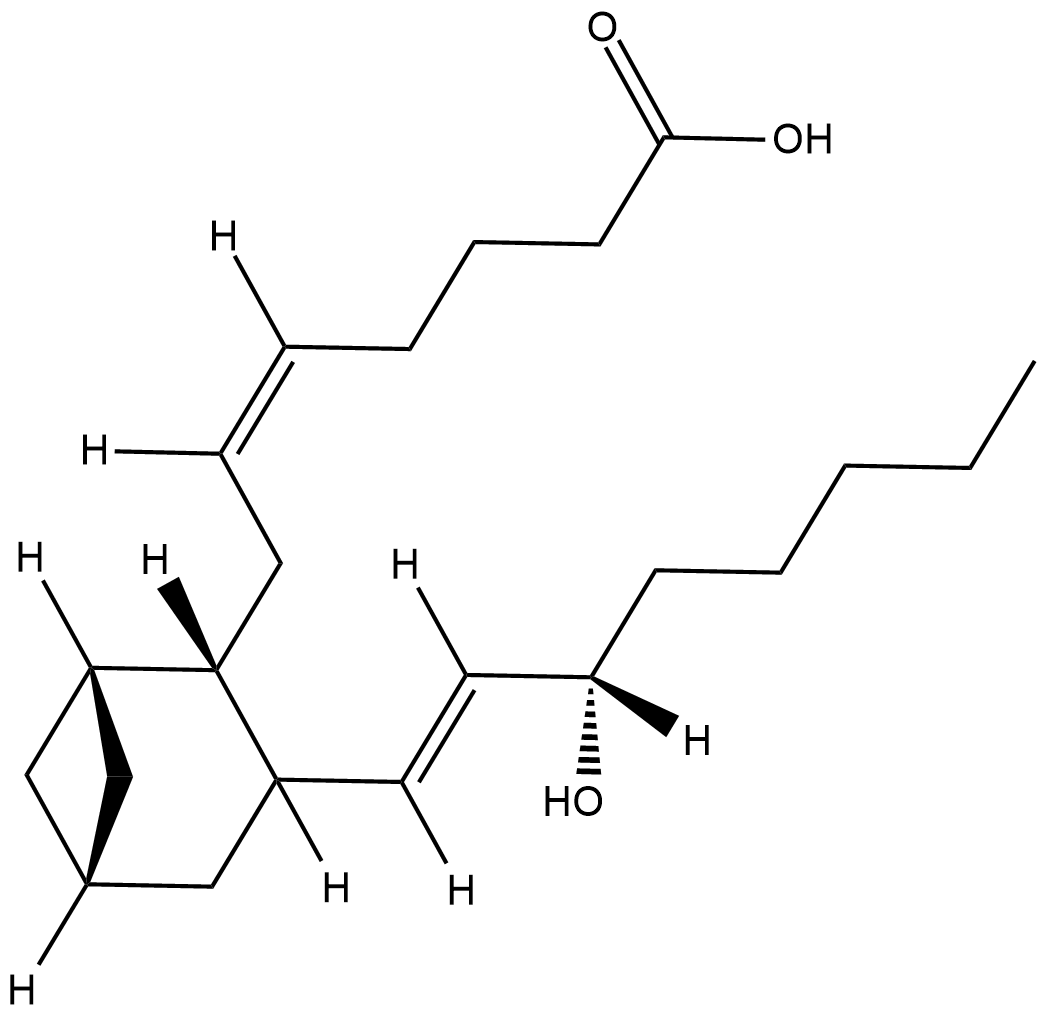
-
GC43166
CAY10535
TPα and TPβ are two isoforms of the human TP receptor, the G protein-coupled receptor (GPCR) that mediates the actions of thromboxane A2 (TXA2).

-
GC43233
CG 4305
Prostacyclin (PGI2) is a cyclooxygenase metabolite with antithrombotic properties found in vascular endothelial cells.

-
GC47088
Cilostazol-d4
An internal standard for the quantification of cilostazol

-
GC43270
Ciprostene (calcium salt)
Ciprostene is the 9β-methyl analog of carbaprostacyclin and a stable analog of PGI2.

-
GC52327
Ciraparantag (trifluoroacetate salt)
An anticoagulant reversal agent

-
GC43281
Clopidogrel Carboxylic Acid (hydrochloride)
Clopidogrel is an antithrombic compound whose active metabolite is a selective, irreversible antagonist of the platelet purinergic P2Y12 receptor (IC50 = 100 nM).
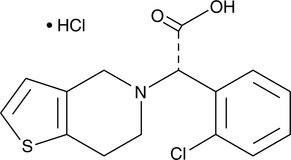
-
GC43333
CV-6209 (chloride)
CV-6209 (chloride) is a potent antagonist of platelet activating factor (PAF).

-
GC43371
Dabigatran Acyl-β-D-Glucuronide
Dabigatran acyl-β-D-glucuronide is a major active metabolite of the thrombin inhibitor dabigatran.

-
GC49684
Dabigatran-13C-d3
An internal standard for the quantification of dabigatran

-
GC49682
Dabigatran-d3
An internal standard for the quantification of dabigatran

-
GC49131
Dehydro Warfarin
A metabolite of (±)-warfarin

-
GC49376
DL-Aspartic Acid-d3
An internal standard for the quantification of aspartic acid

-
GC47280
Edoxaban-d6
An internal standard for the quantification of edoxaban

-
GC40590
ent-8-iso-15(S)-Prostaglandin F2α
Isoprostanes are produced by the non-enzymatic, free radical peroxidation of phospholipid-esterified arachidonic acid.

-
GC52193
Eptifibatide
Eptifibatide is a cyclic heptapeptide, acts as a competitive antagonist for the activated platelet glycoprotein IIb/IIIa receptor, with anti-platelet activity.

-
GC49089
FR900359
A cyclic depsipeptide and an inhibitor of Gαq, Gα11, and Gα14<•sub>

-
GC49305
H-Arg-Gly-Asp-Cys-OH (trifluoroacetate salt)
An RGD-containing tetrapeptide

-
GC49091
Hirudin (54-65; non-sulfated) (trifluoroacetate salt)
A desulfated peptide fragment of hirudin

-
GC17816
I-BOP
TP specific agonist
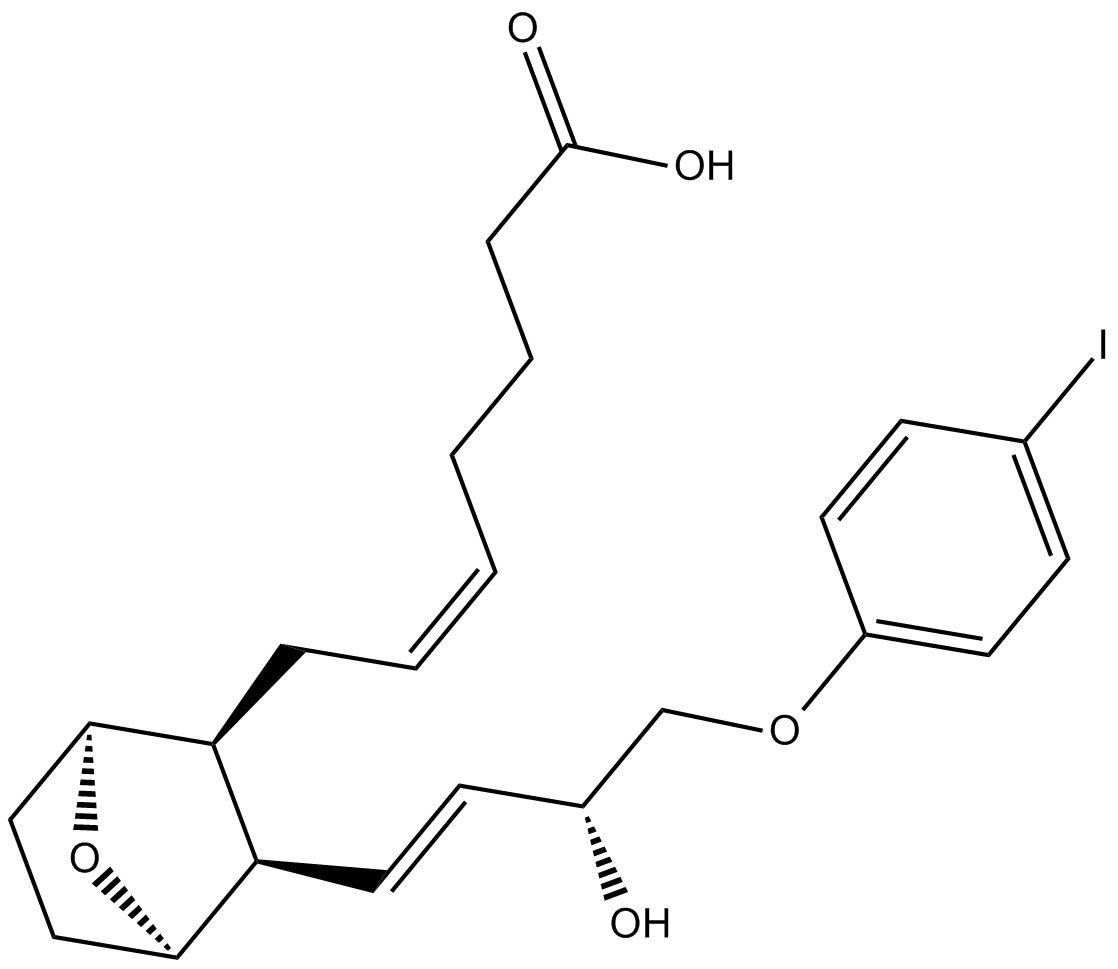
-
GC43910
I-SAP
I-SAP is a high affinity TP receptor antagonist.

-
GC49436
L-3-n-Butylphthalide
A phthalide with antiplatelet and neuroprotective activities

-
GC47587
Lyso-PAF C-16-d4
An internal standard for the quantification of LysoPAF C16

-
GC44155
Menaquinone 9
Menaquinone 9 (MK-9) is a vitamin K2 analog that has been found in various bacteria, including E.

-
GC44180
Methylcarbamyl PAF C-16
Methylcarbamyl PAF C-16 is a stable analog of PAF C-16 with a half-life greater than 100 minutes in platelet poor plasma due to its resistance to degradation by PAF-AH.

-
GC48538
MRS2179 (ammonium salt hydrate)
A P2Y1 receptor antagonist

-
GC52007
N-hydroxylamine Dapsone
An active metabolite of dapsone

-
GC47806
N-p-Tosyl-Gly-Pro-Lys-pNA (acetate)
A colorimetric plasmin substrate

-
GC44446
NO-Losartan A
Angiotensin II is a hormone that plays an important role in regulating blood pressure.
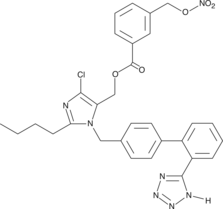
-
GC47815
Octacosanoic Acid
A very long-chain saturated fatty acid

-
GC52342
P4pal10 (trifluoroacetate salt)
A PAR4 and FPR2 antagonist and an FFAR2 agonist

-
GC47855
PAF C-16-d4
An internal standard for the quantification of PAF C16

-
GC44541
PAF C-18
PAF C-18 is a naturally occurring phospholipid produced upon stimulation through two distinct pathways known as the "remodeling" and 'de novo' pathways.

-
GC41450
PAF C-18:1
PAF C-18:1 is a naturally occurring phospholipid produced by cells upon stimulation and plays a role in the establishment and maintenance of the inflammatory response.

-
GC48829
Pentoxifylline-d6
An internal standard for the quantification of pentoxifylline

-
GC18323
Picotamide
Picotamide is an antiplatelet drug that inhibits both thromboxane A2 (TXA2) receptors (Kd = 325 nM) and TXA2 synthase.
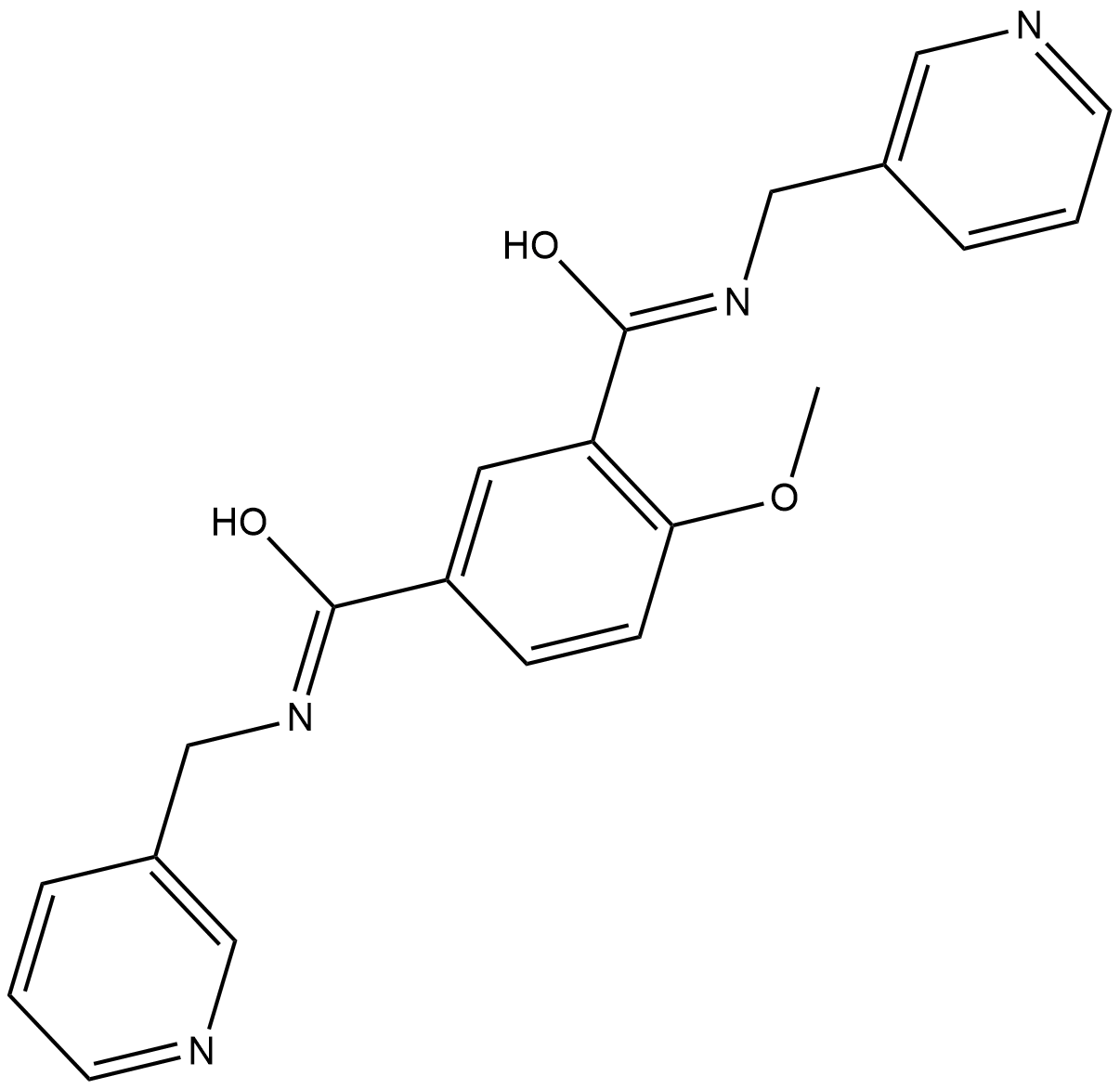
-
GC18707
Pimprinine
Pimprinine is an alkaloid originally isolated from Streptomyces that has diverse biological activities, including anticonvulsant, antiplatelet, and antimicrobial properties.
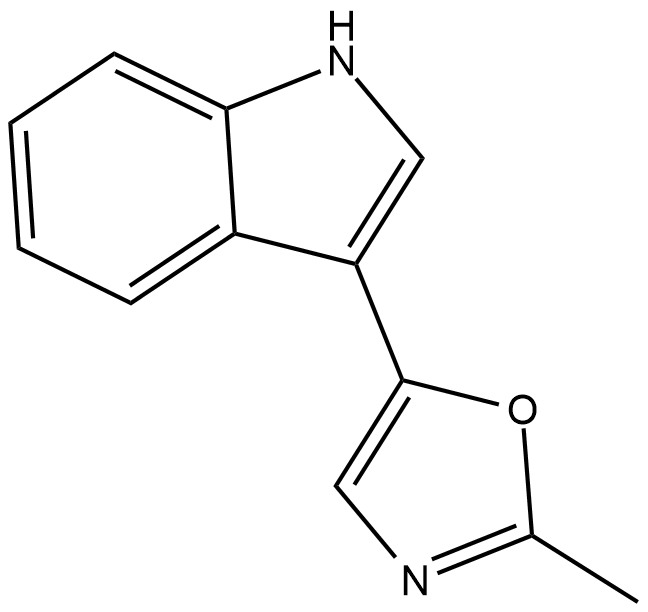
-
GC47967
Prasugrel-d5
An internal standard for the quantification of prasugrel

-
GC18999
Prostaglandin D1
Prostaglandin D1 (PGD1) is the theoretical D-series metabolite of DGLA, but to date it has not been isolated as a natural product.
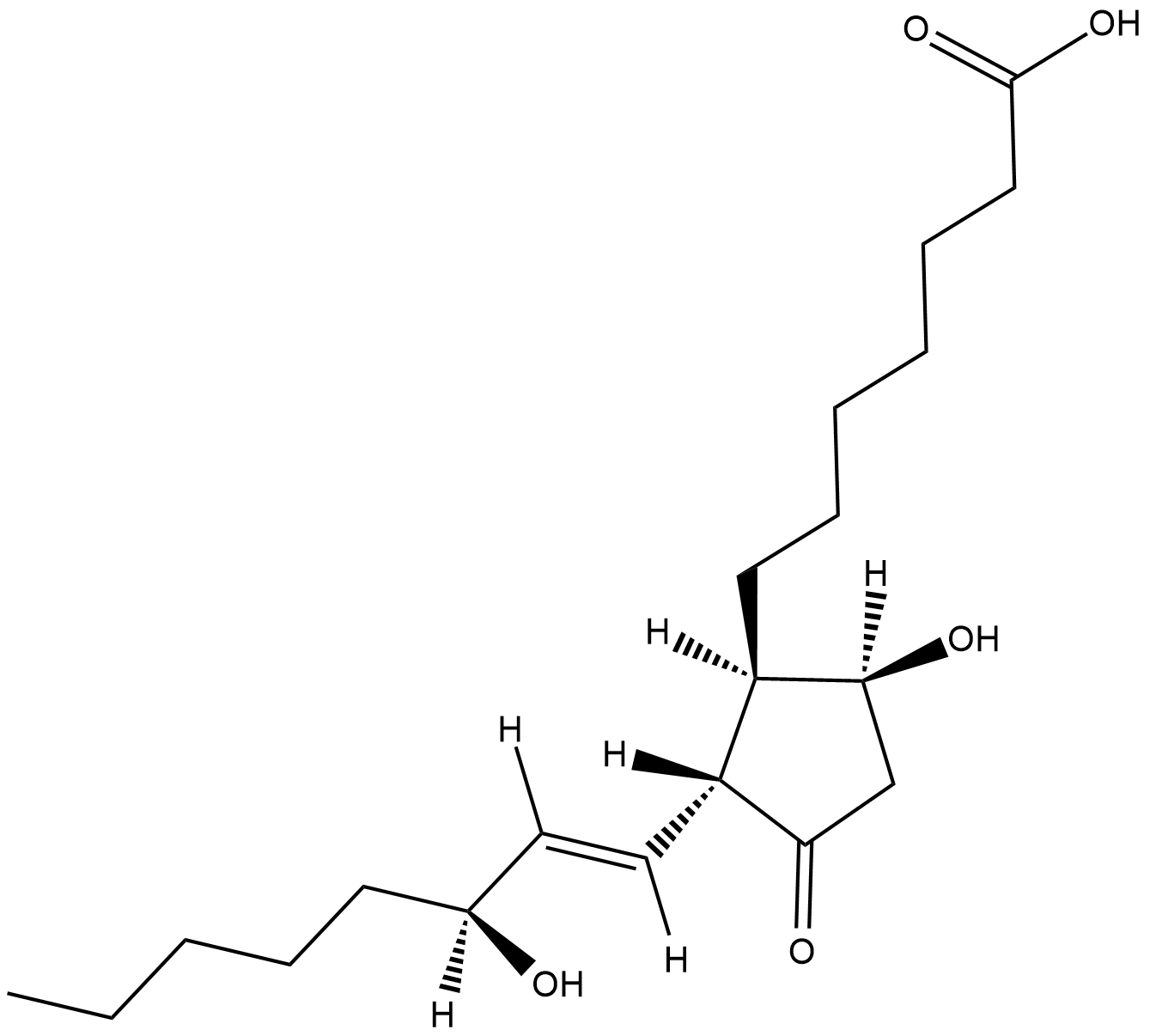
-
GC41170
Prostaglandin D2 methyl ester
Prostaglandin D2 (PGD2) is the major eicosanoid product of mast cells and is produced in large quantities by hematopoietic PGD synthase during allergic and asthmatic anaphylaxis.

-
GC40610
Prostaglandin D3
Prostaglandin D3 (PGD3) is produced by the metabolism of EPA via the COX pathway.

-
GC18768
Prostaglandin E1 ethyl ester
Prostaglandin E1 (PGE1) is the theoretical cyclooxygenase metabolite of dihomo-γ-linolenic acid.
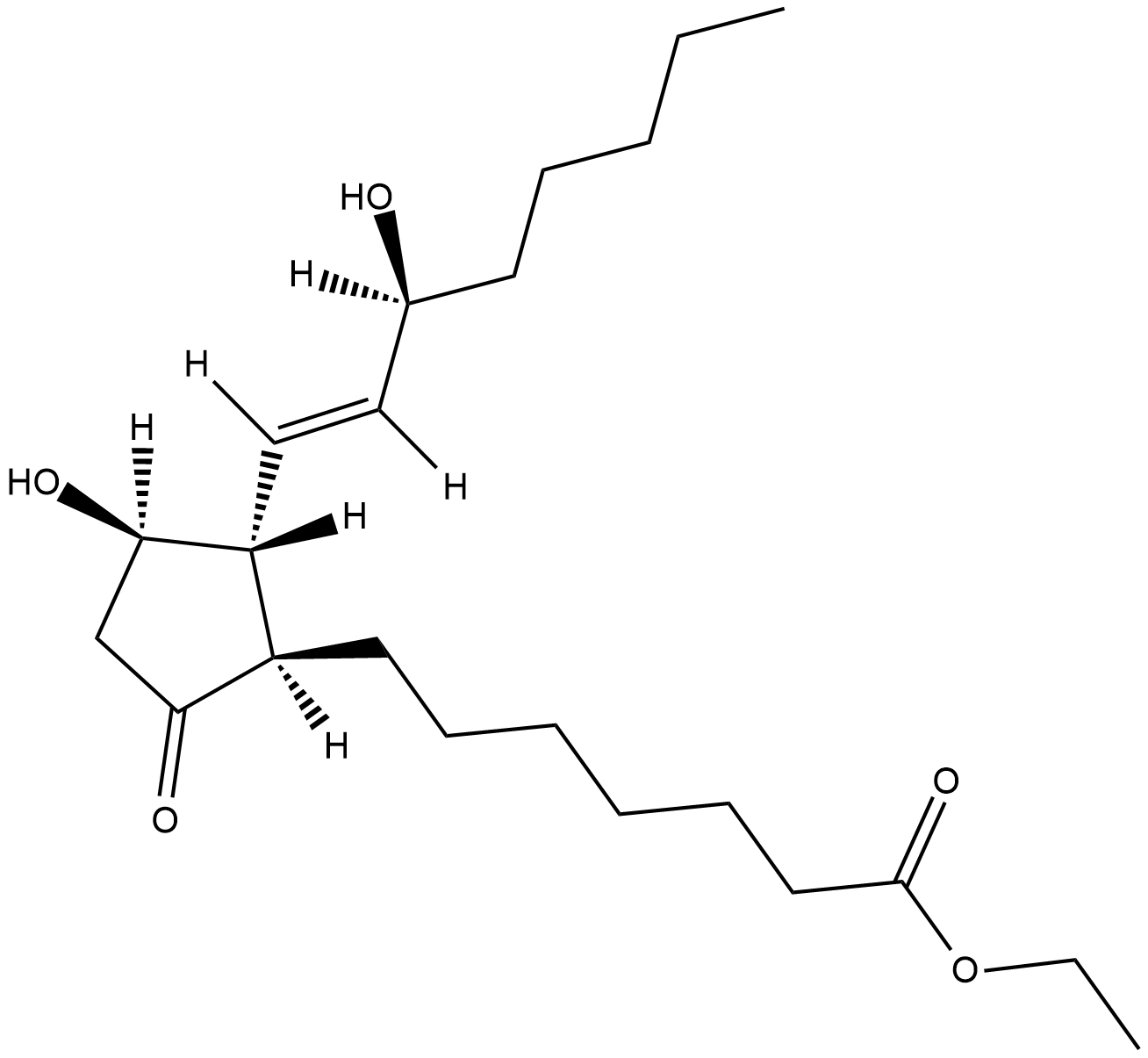
-
GC44728
Prostaglandin I3 (sodium salt)
PGI3 is synthesized from EPA by COX and PGI synthase.

-
GC44732
Protopine (hydrochloride)
Protopine is an alkaloid found in Berberidaceae, Ranunculaceae, Rutaceae, Fumariaceae, and Papaveraceae with diverse biological activities.

-
GC48356
Psychotridine
An alkaloid with diverse biological activities

-
GC60326
Rivaroxaban D4
An internal standard for the quantification of rivaroxaban
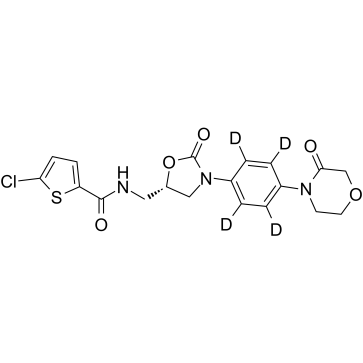
-
GC52460
tcY-NH2 (trifluoroacetate salt)
A peptide antagonist of PAR4

-
GC49386
Tepoxalin
A dual inhibitor of COX and 5-LO

-
GC45050
Thrombin Receptor Agonist Peptide (trifluoroacetate salt)
Thrombin receptor agonist peptide (TRAP-14) is a 14-amino acid peptide agonist of the α-thrombin receptor.

-
GC48180
Ticagrelor-d7
An internal standard for the quantification of ticagrelor

-
GC52436
TRAP-6 amide (trifluoroacetate salt)
A peptide PAR1 agonist

-
GC45073
TRAP-6 Peptide (trifluoroacetate salt)
TRAP-6 peptide is a hexapeptide corresponding to residues 42-47 of protease-activated receptor 1 (PAR1).

-
GC49141
Triacontanoic Acid
A very long-chain saturated fatty acid

-
GC45148
Vitamin K1 2,3-epoxide
Vitamin K is a dietary nutrient essential for the normal biosynthesis of factors that are required for blood clotting.

-
GC46235
Vitamin K1-d7
An internal standard for the quantification of vitamin K1



